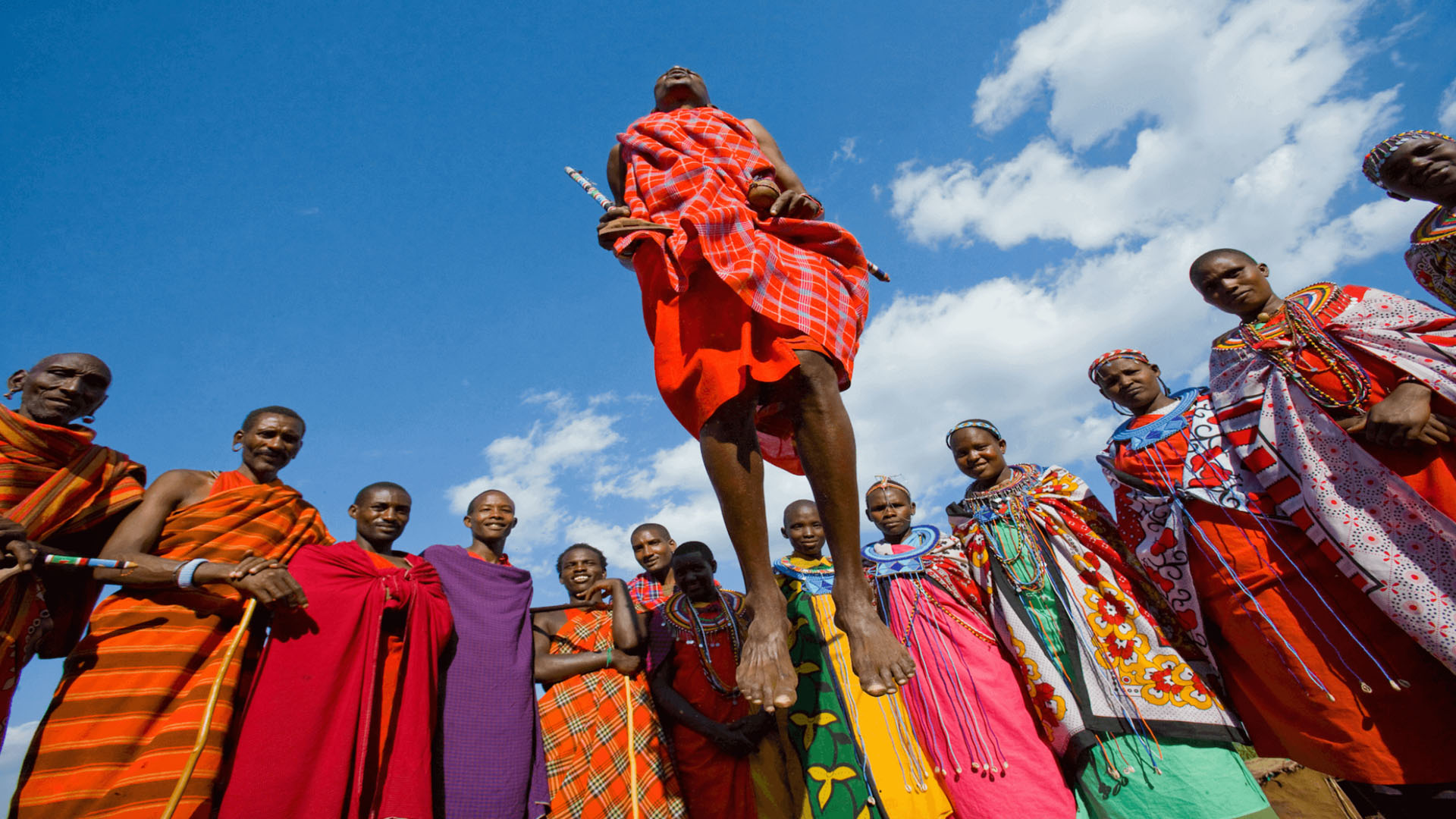Tanzania is a mesmerizing destination on the eastern coast of Africa, renowned for its breathtaking landscapes, diverse wildlife, vibrant culture, and rich history. From the towering heights of Mount Kilimanjaro to the vast plains of the Serengeti and the pristine beaches of Zanzibar, Tanzania offers travelers a unique blend of adventure, wildlife experiences, and cultural exploration. Whether you’re seeking the thrill of a Tanzania safari or a peaceful escape by the Indian Ocean, this guide provides everything you need to plan an unforgettable journey.
Geography of Tanzania
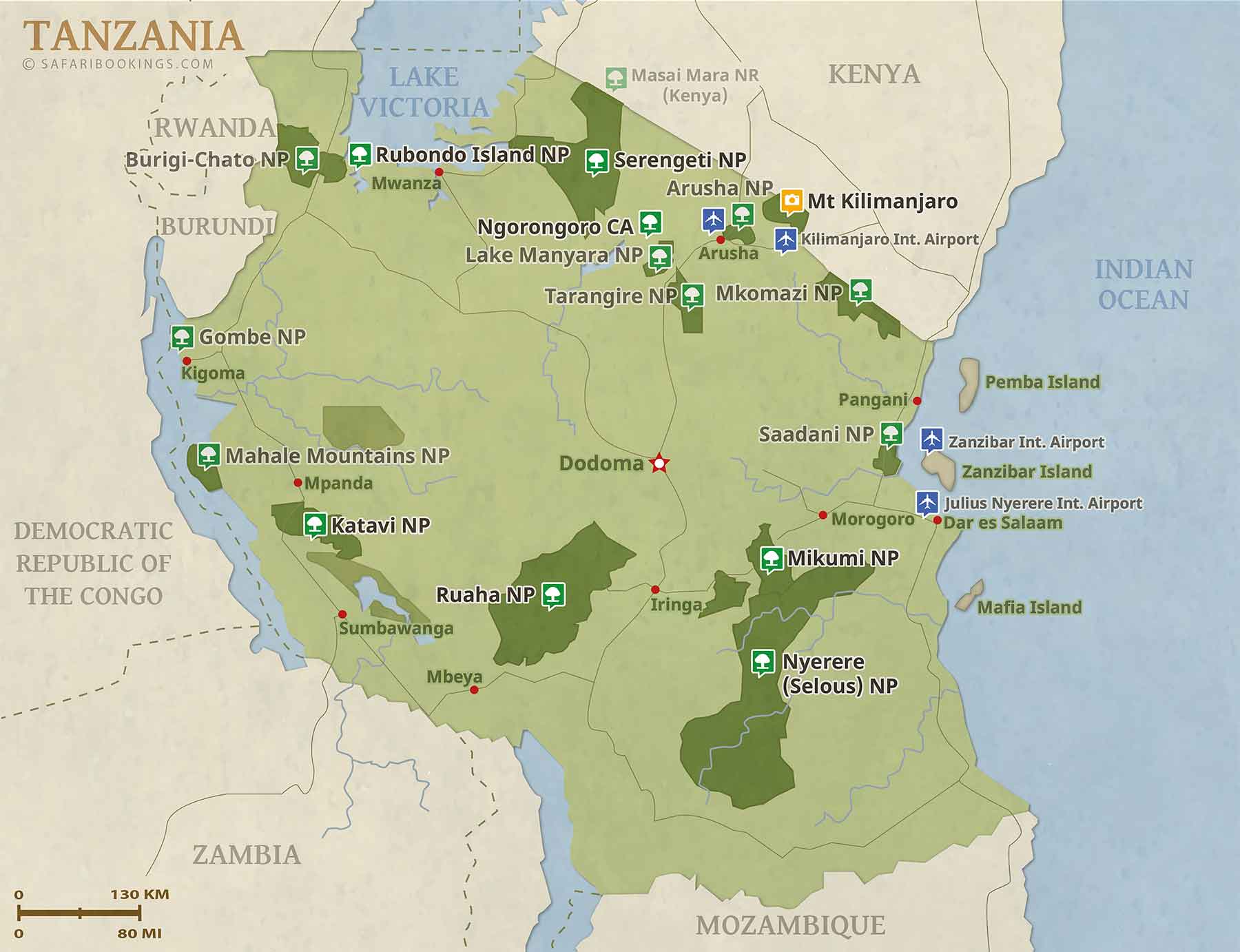
Tanzania covers approximately 945,000 square kilometers, making it the largest country in East Africa. It is bordered by Kenya and Uganda to the north, Rwanda, Burundi, and the Democratic Republic of Congo to the west, and Zambia, Malawi, and Mozambique to the south. The eastern border is graced by the Indian Ocean, offering stunning coastlines and idyllic islands.
The country’s diverse geography includes the Great Rift Valley, vast savannahs, lush forests, volcanic mountains, and freshwater lakes such as Lake Victoria and Lake Tanganyika. Mount Kilimanjaro, Africa’s highest peak, dominates the northern landscape, while the Serengeti Plains and Ngorongoro Crater are iconic safari destinations.
A Brief History of Tanzania

Tanzania has a rich history shaped by trade, colonization, and independence. The region was an important trading hub for Arab merchants as early as the 8th century. Later, it was colonized by Germany and then by the British after World War I. The country gained independence in 1961 and united with Zanzibar in 1964 to form the United Republic of Tanzania.
The country has a peaceful political history and remains one of the most stable nations in Africa. Tanzania’s historical sites, such as the ancient ruins of Kilwa Kisiwani and Stone Town in Zanzibar, bear testament to its rich past.
Languages and Culture
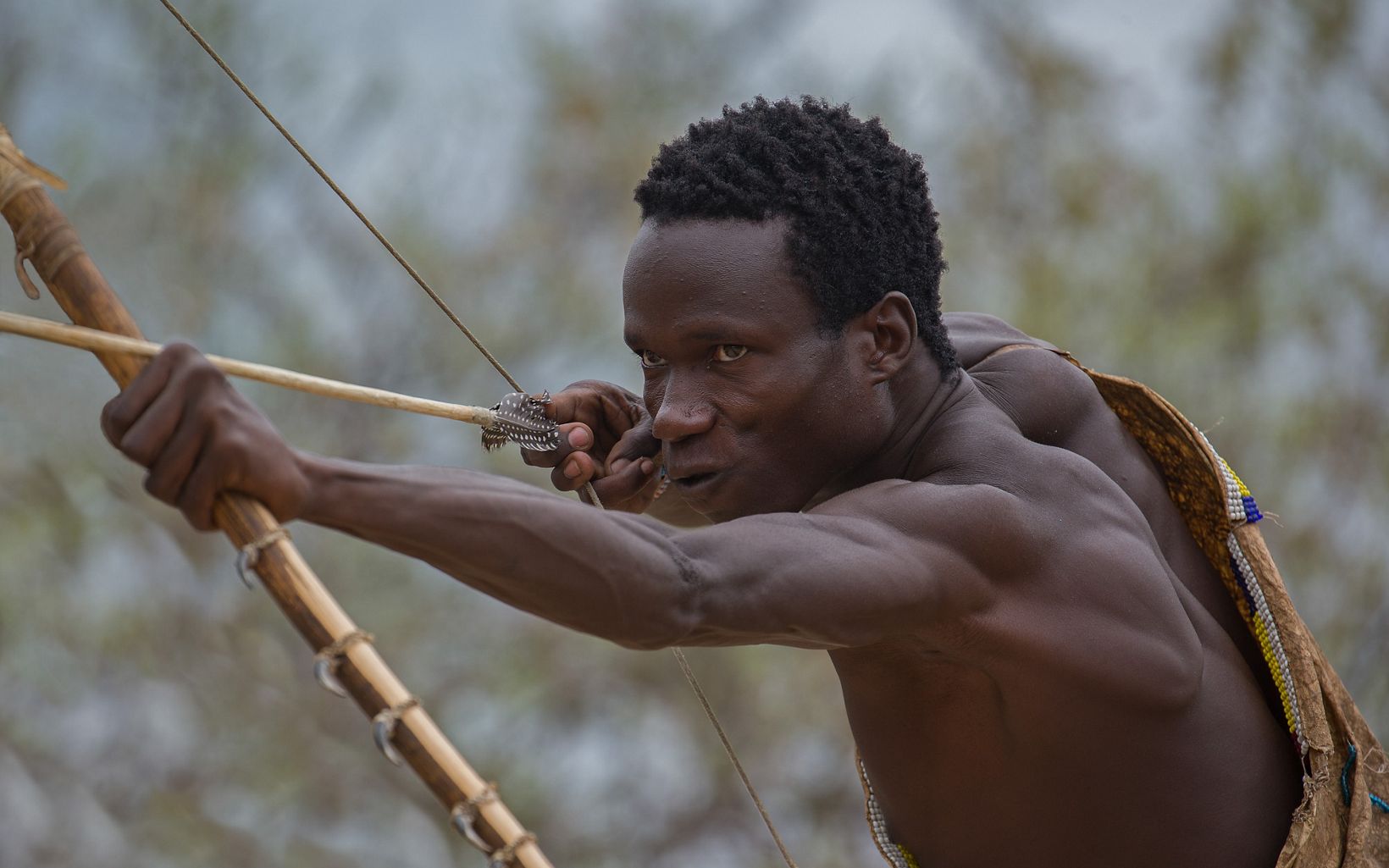
Swahili (Kiswahili) is the official and widely spoken language in Tanzania, along with English. Tanzanian culture is a vibrant tapestry of over 120 ethnic groups, each with its unique traditions and customs.
Music and dance are integral parts of Tanzanian life, with genres such as Bongo Flava gaining international popularity. Traditional crafts, including Maasai beadwork, Primitive life of Hadza people and Tinga Tinga paintings, are also significant cultural expressions.
Hospitality is a cornerstone of Tanzanian society, and visitors are often welcomed warmly with the phrase “Karibu.”
Top Travel Destinations in Tanzania
1. Mount Kilimanjaro
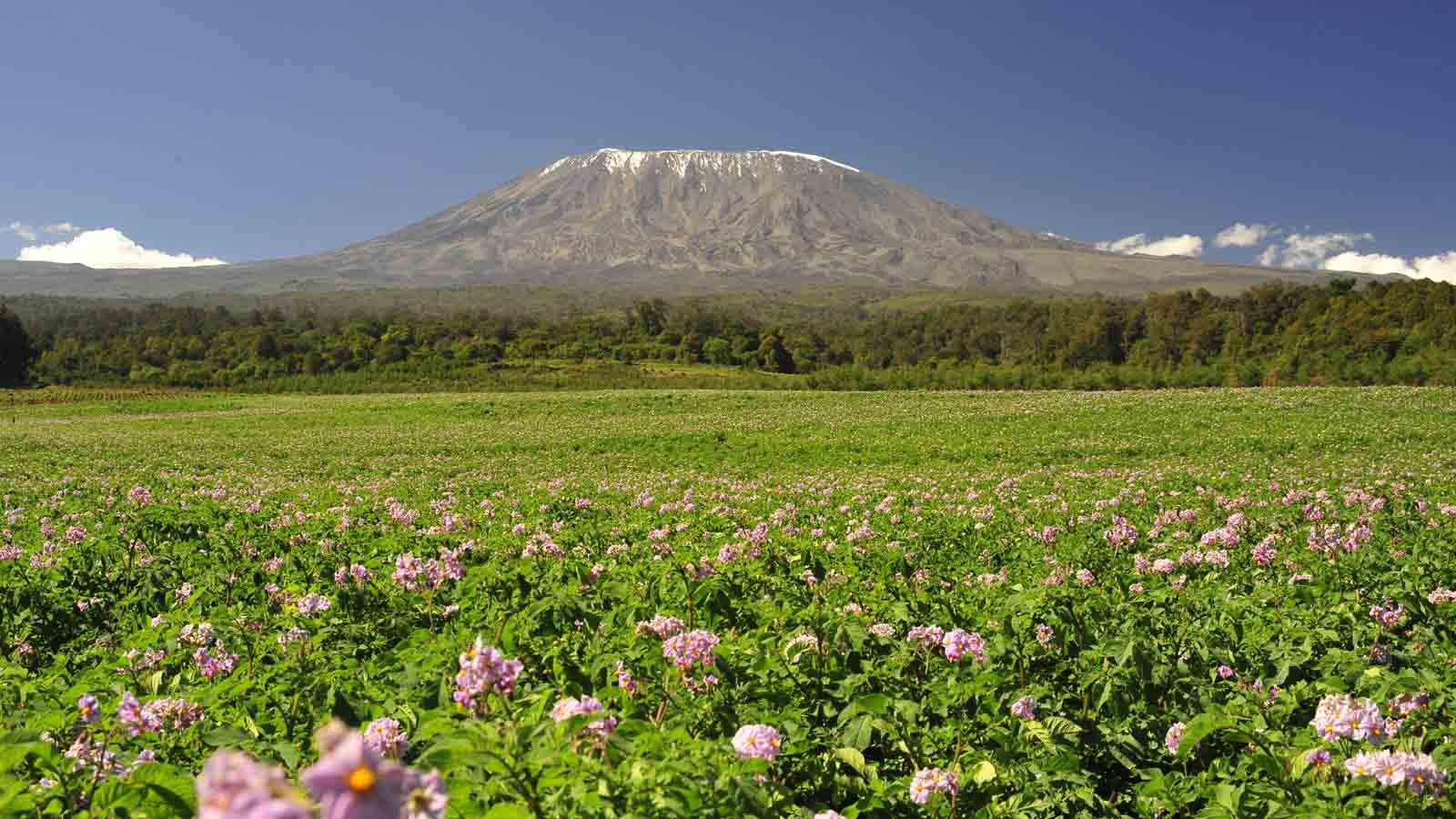
Mount Kilimanjaro is the highest mountain in Africa and a bucket-list destination for adventure enthusiasts. Trekking to its summit, Uhuru Peak, offers a once-in-a-lifetime experience. The trek takes you through diverse landscapes, from lush rainforests to alpine deserts.
Best Time to Climb: January to March and June to October.
2. Serengeti National Park
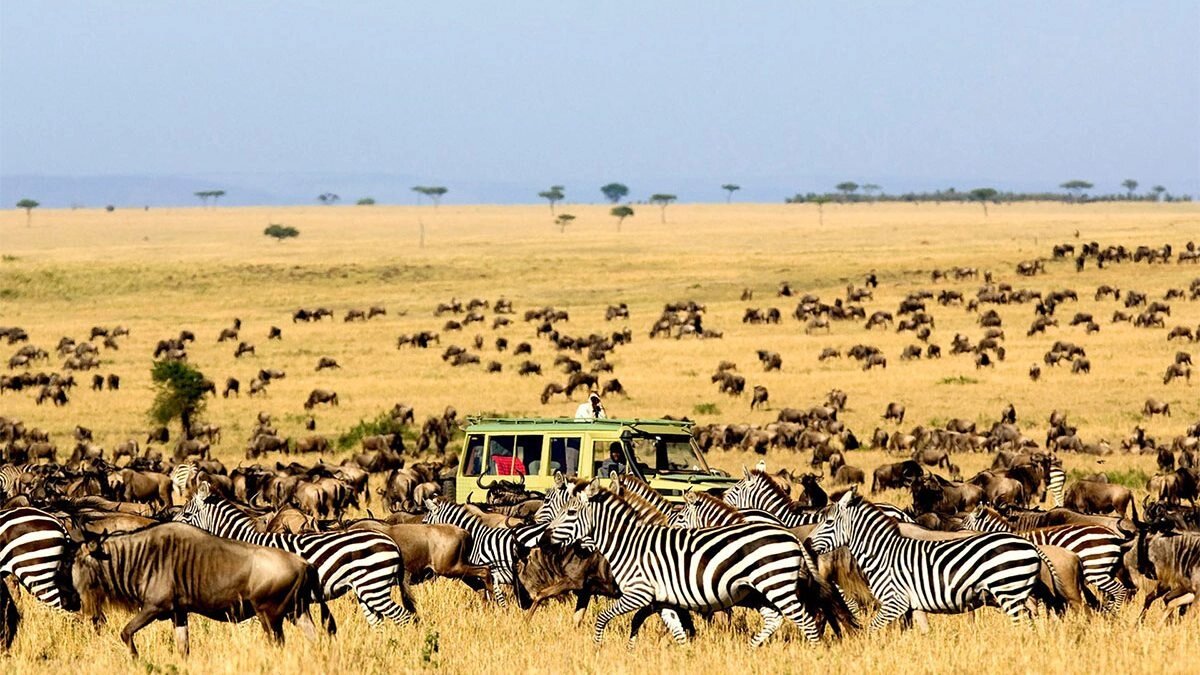
Serengeti National Park is one of the most famous safari destinations in the world, renowned for its abundant wildlife and the Great Migration. Witness millions of wildebeest and zebras crossing the plains in search of fresh pastures.
Best Time for the Great Migration: June to July (river crossings) and December to March (calving season).
3. Ngorongoro Conservation Area
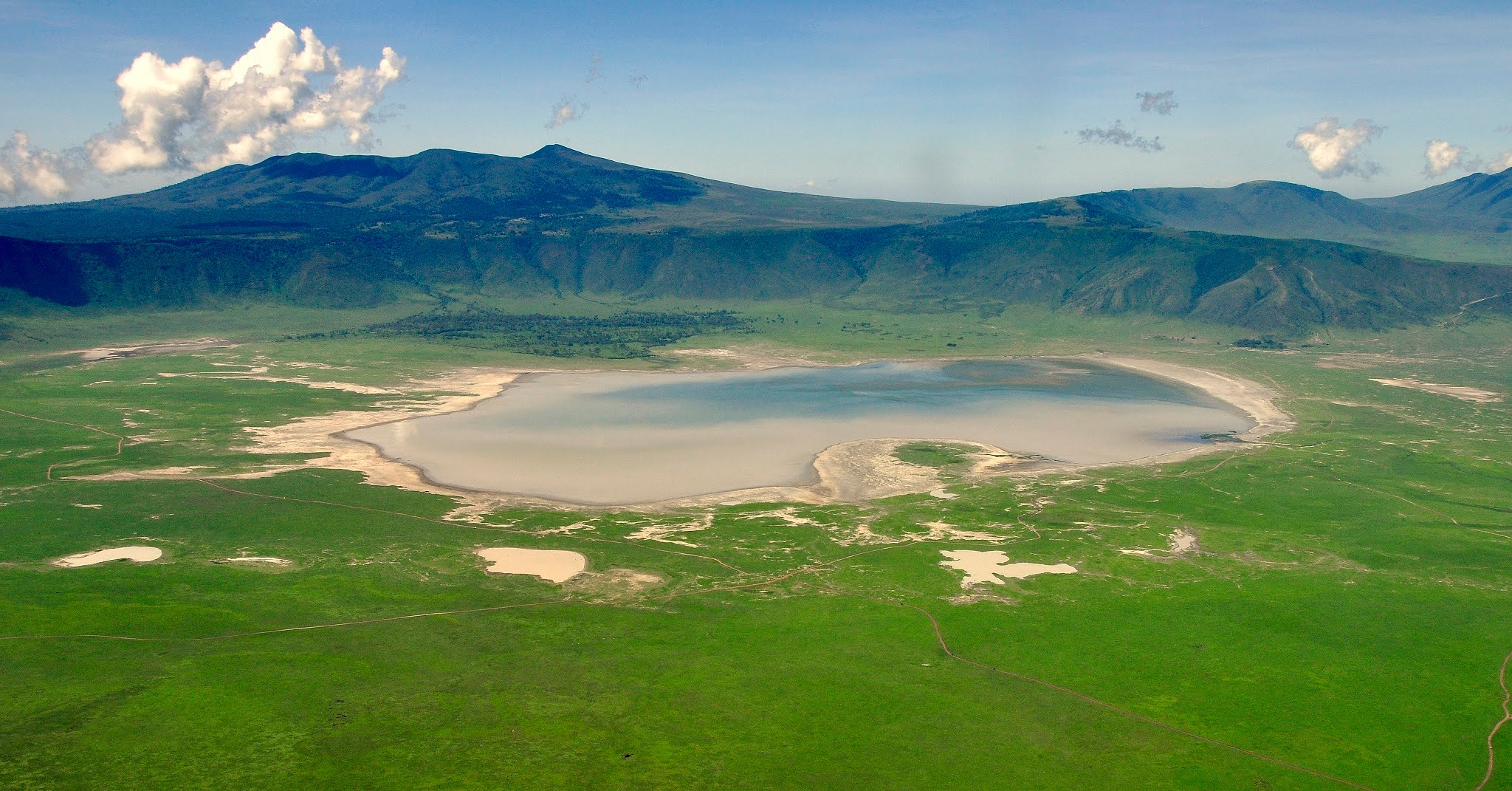
The Ngorongoro Crater is a UNESCO World Heritage Site and one of the best places to spot the Big Five (lion, leopard, elephant, buffalo, and rhino). The crater’s unique ecosystem supports a high density of wildlife.
Best Time to Visit: Year-round, though the dry season (June to October) is ideal.
4. Zanzibar Archipelago
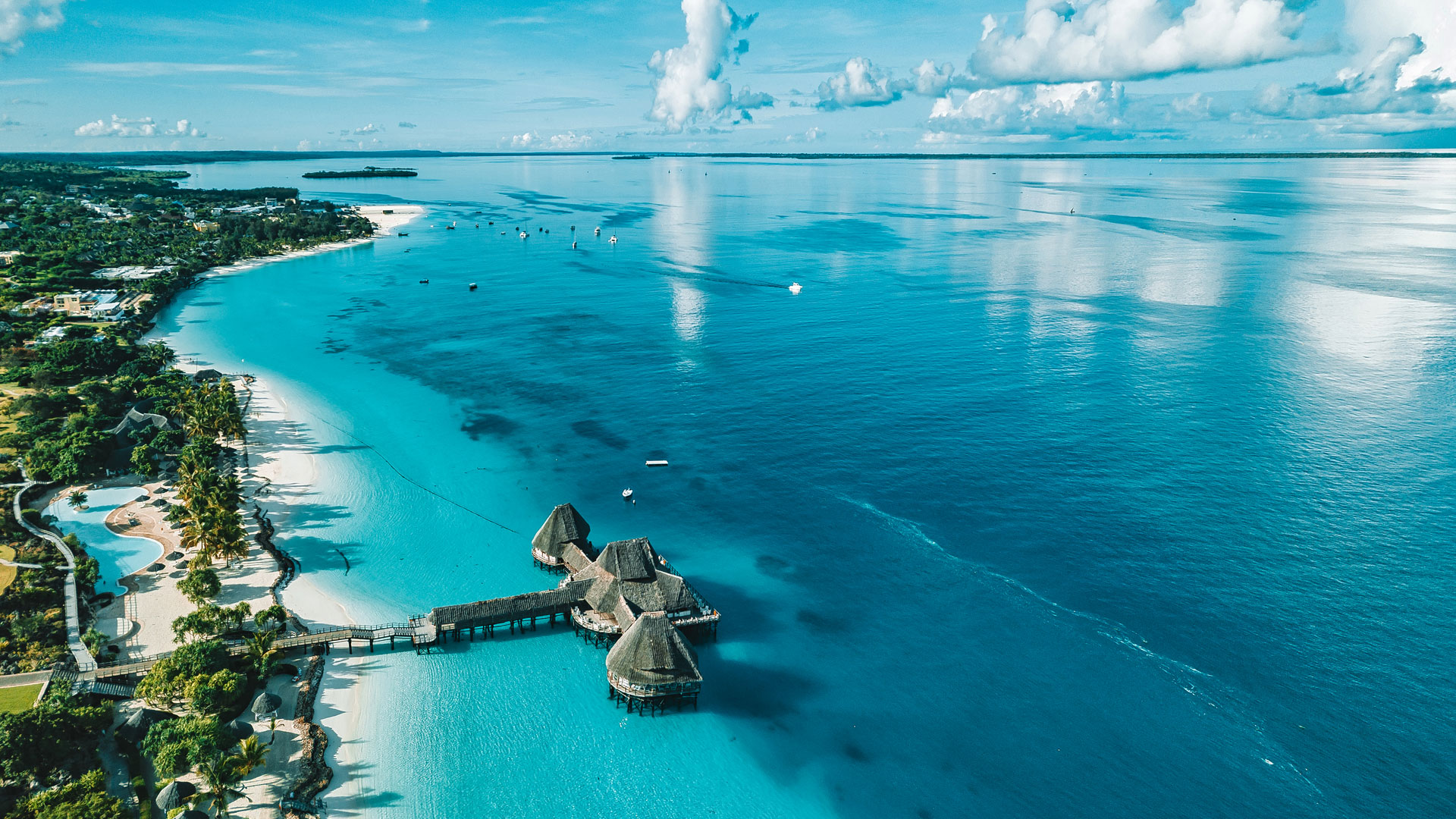
Zanzibar is a tropical paradise known for its white sandy beaches, turquoise waters, and rich cultural heritage. Stone Town, a UNESCO World Heritage Site, offers a fascinating glimpse into the island’s history.
Best Activities: Beach relaxation, snorkeling, diving, spice tours, and exploring historical sites.
5. Tarangire National Park
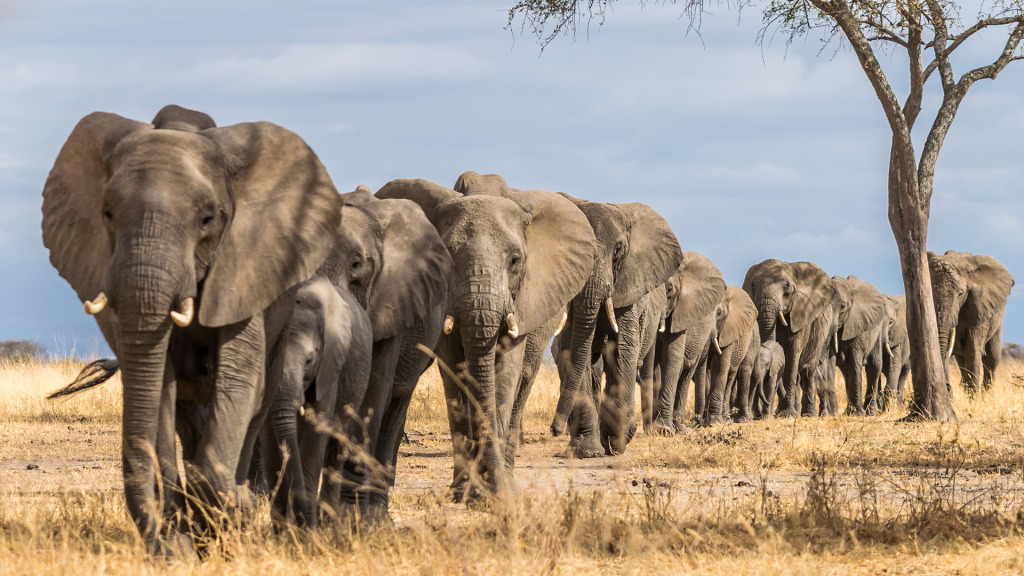
Tarangire is famous for its large elephant herds and ancient baobab trees. The park offers a more secluded safari experience compared to the Serengeti.
Best Time to Visit: June to October.
6. Lake Manyara National Park
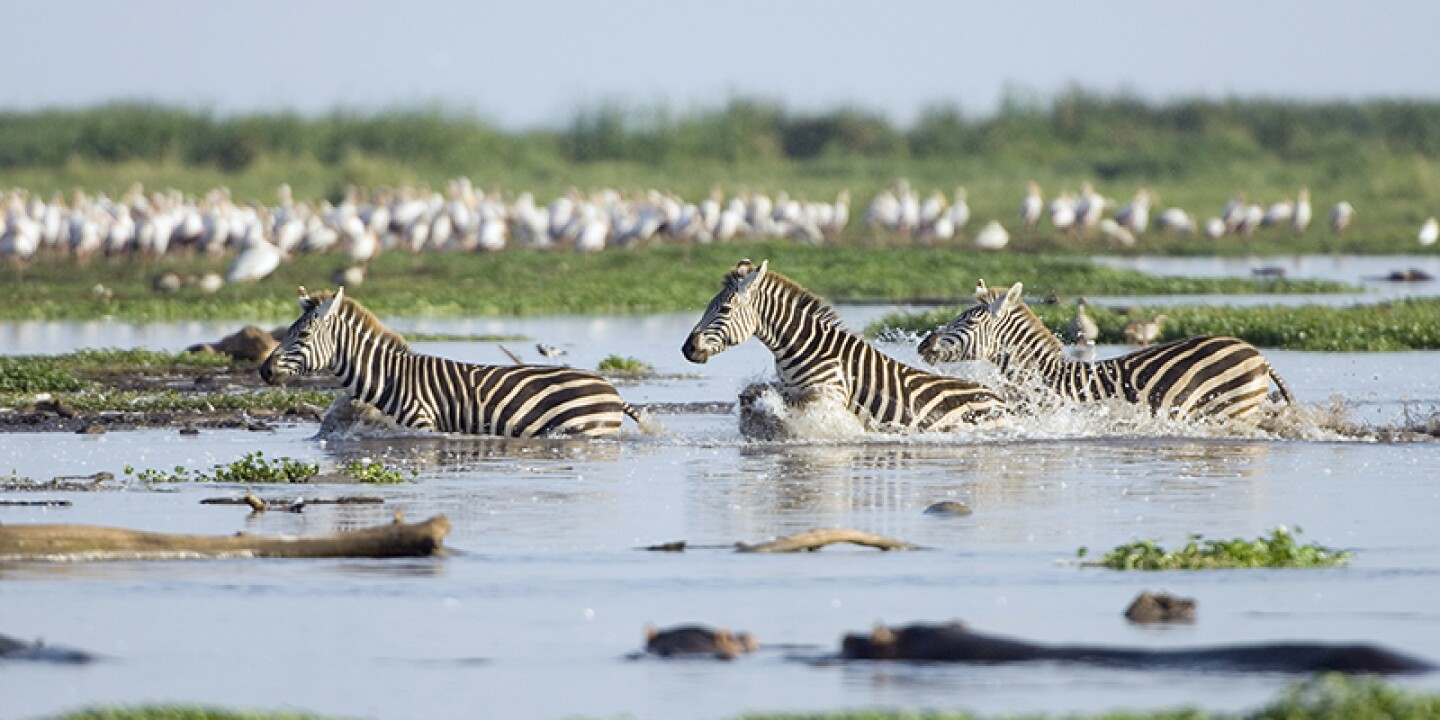
Lake Manyara is known for its diverse bird species and tree-climbing lions. The park offers breathtaking views and a tranquil safari experience.
Best Time to Visit: June to October for wildlife and November to April for birdwatching.
7. Selous Game Reserve (Nyerere National Park)
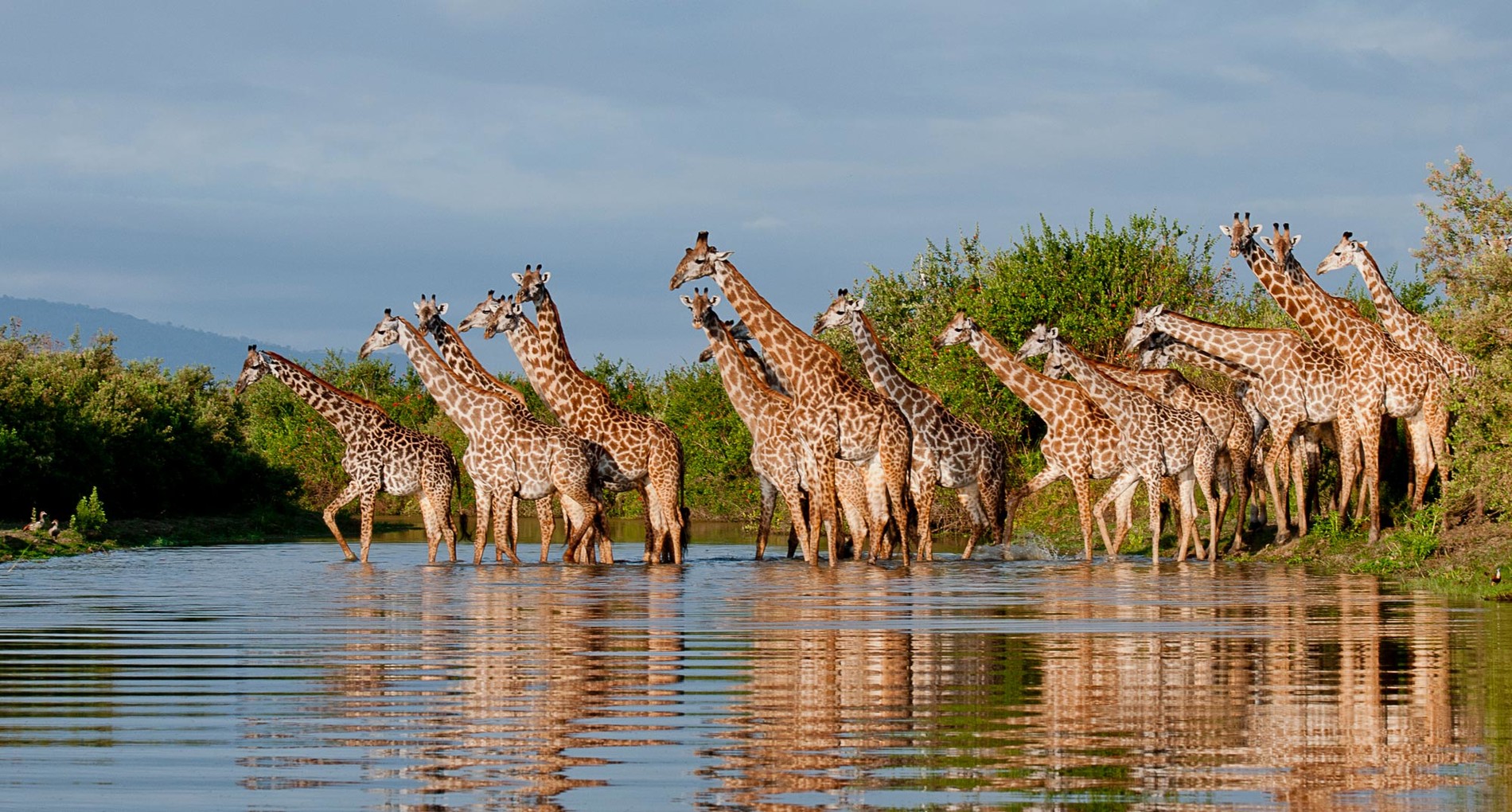
This vast reserve is one of Africa’s largest protected areas and offers a pristine safari experience. It is less crowded and home to a variety of wildlife, including wild dogs.
Best Time to Visit: June to October.
8. Mafia Island
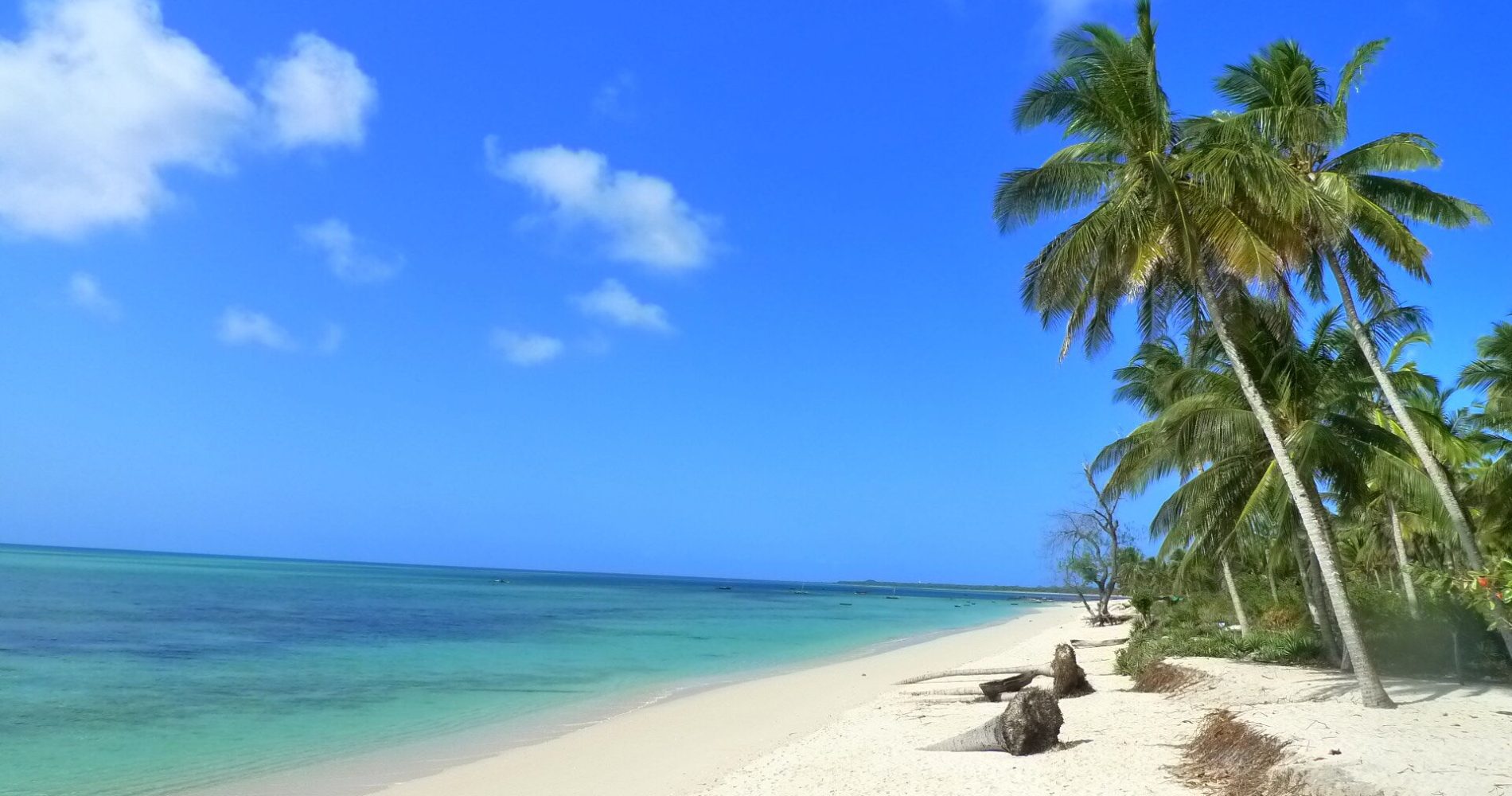
Mafia Island is a haven for marine enthusiasts. Its coral reefs are perfect for diving and snorkeling, and the island is part of the Mafia Archipelago Marine Park.
Best Time to Visit: October to March for diving.
Wildlife and the Great Migration
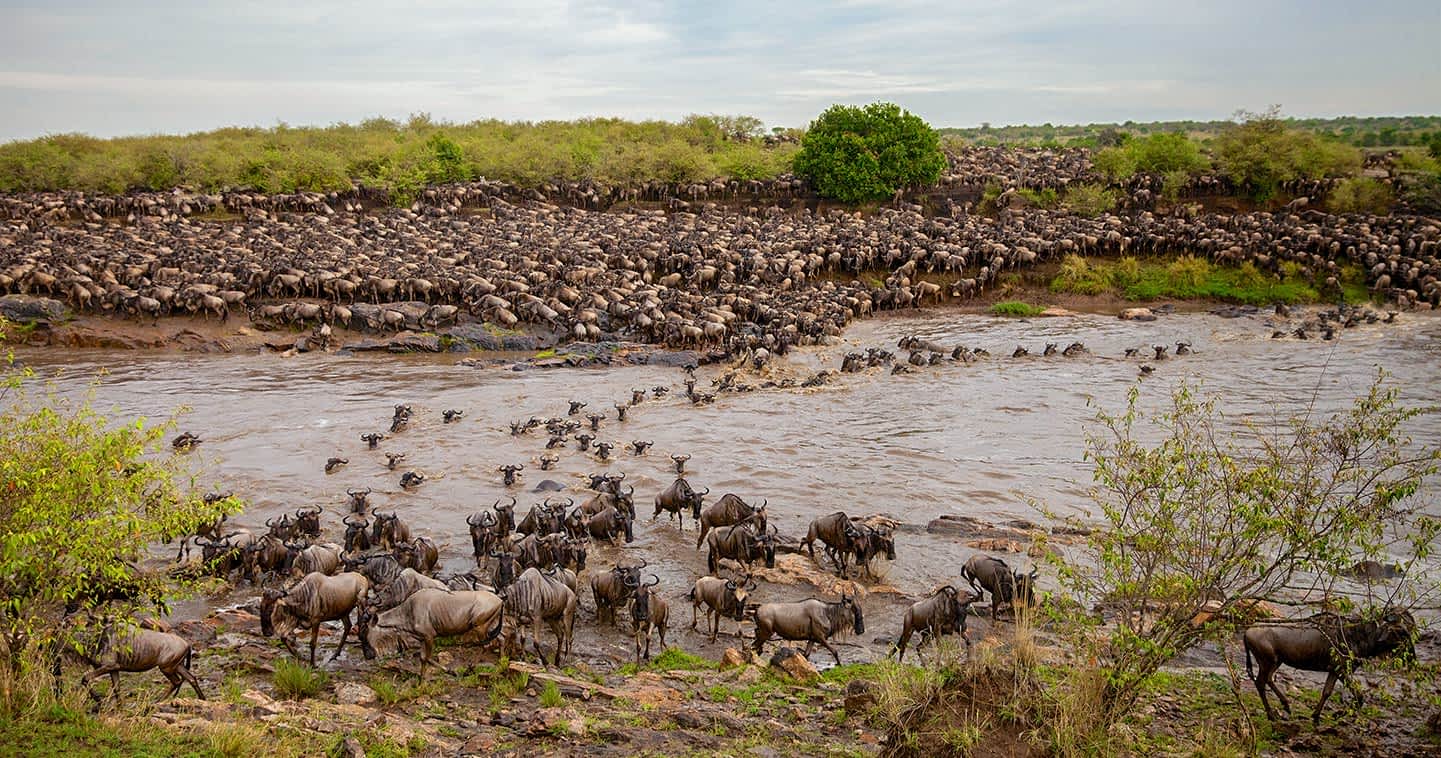
The Great Migration is one of nature’s most spectacular events, involving millions of wildebeest, zebras, and gazelles moving across the Serengeti and Maasai Mara ecosystems.
Predators such as lions, cheetahs, and crocodiles follow the herds, making it a dramatic wildlife spectacle.
Travel Tip: Book your safari during the migration period and stay in mobile camps for an immersive experience.
Travel Tips for Tanzania
1. Visa Requirements
Most travelers require a visa to enter Tanzania. Visas can be obtained online through the Tanzania eVisa system or upon arrival at major entry points.
2. Vaccinations and Health Precautions
Yellow Fever: Required if coming from a yellow-fever-endemic country.
Malaria: Prophylaxis is recommended, especially for safari and coastal regions.
Routine Vaccinations: Ensure you are up-to-date on tetanus, hepatitis A and B, and typhoid.
3. Currency and Payment
Currency: Tanzanian Shilling (TZS)
Payment Methods: Cash is widely used. Credit cards are accepted in major hotels and lodges, but it’s advisable to carry cash for local markets and smaller establishments.
ATMs: Available in major towns and cities.
4. Best Time to Visit
Dry Season (June to October): Best for wildlife viewing and safaris.
Wet Season (November to May): Ideal for birdwatching and lush landscapes.
5. Packing Essentials
Lightweight clothing for hot days and warm layers for chilly mornings.
Sturdy walking shoes or boots for safaris.
Sun protection (hat, sunscreen, sunglasses).
Insect repellent.
Binoculars and a camera for wildlife viewing.
6. Transportation
Domestic Flights: Quick and efficient for long distances.
Road Travel: 4×4 vehicles are essential for safaris.
Public Transport: Buses and dala-dalas (shared minibusses) are available but can be crowded.
7. Safety Tips
Respect local customs and dress modestly in rural areas.
Keep your belongings secure, especially in crowded places.
Follow the guidance of your safari guide for wildlife encounters.
8. Additional Travel Tips
Only Carry Your Daily Basic Essentials:
Only carry the essentials you need for the day. If you lose your passport or your visa, you can land in big trouble trying to leave the country. On the other hand, don’t leave your hotel room without sunscreen and mosquito spray. These sprays will become your best friend as the heat beats down on you.
Pack Light:
This is more general advice than Tanzania specifically. Only take what you need for hiking, lounging, and swimming at the beach. You can buy more clothes when you arrive, and you can wash them at your hotel. Instead, save your bag room for gifts and souvenirs. The lighter you pack, the less you have to pay for travel too. To make the most of the savings, buy disposable products when you arrive. Shampoo, travel toothpaste, and other small needed toiletries can be bought anywhere near your hotel, so don’t waste travel space.
Remember To Tip:
In Tanzania, tipping is the same as breathing. You will be expected to tip around 10 to 12% for basic interactions such as having your picture taken, driving, or being served at a cafe. However, if you are in a fine dining restaurant or a 5-star hotel, the tipping expectancy jumps up to 20%. You are expected to tip for every interaction, so be sure to count those extra coins before committing to a purchase.
Summary
The best places to visit in Tanzania are Mount Kilimanjaro, the Northern Circuit safaris, Lake Victoria or Lake Manyara, the Iraqw Village, and the Arusha Cultural Heritage Center. Each of these destinations offers unique experiences, from breathtaking landscapes and thrilling wildlife encounters to rich cultural heritage and vibrant local traditions. Whether you’re scaling Africa’s highest peak, marveling at the Great Migration in Serengeti, or relaxing on the pristine beaches of Zanzibar, Tanzania promises an unforgettable adventure for every traveler. Remember to pack wisely, carry daily essentials, and respect local customs, including tipping etiquette, to make your trip smooth and enjoyable.
